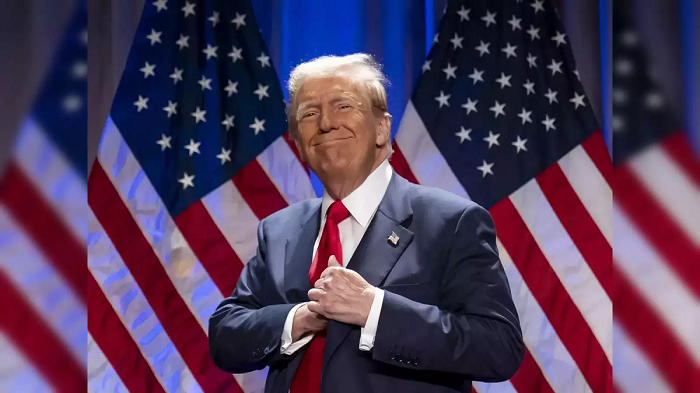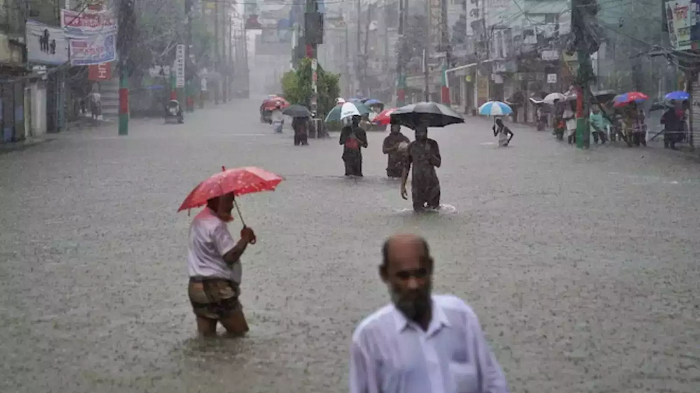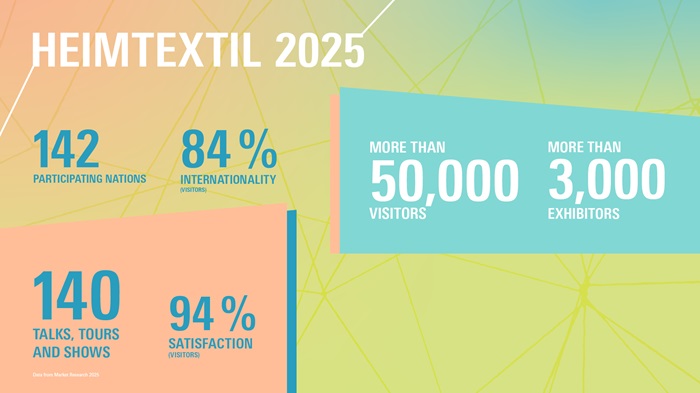Despite disruptions caused by the Russia-Ukraine conflict and economic slowdowns in Western markets, knitwear exports from Tiruppur rose to Rs 34, 350 crore in FY2022-23. The growth was mainly driven by the rising demand for knitwear garments from across the globe. This demand caused the textile sector in Tiruppur to remain resilient in spite of challenges like demonetization, GST implementation, and the COVID-19 pandemic.
Kumar Duraisamy, Joint Secretary, Tiruppur Exporters’ Association reveals, exports from the city surpassed Rs 30,000 crore by December 2024, with monthly growth rates ranging from 15-18 per cent compared to the previous year.
This growth is being driven by evolving global trade dynamics. Shifts in US-China trade relations and political unrest in Bangladesh have opened new opportunities for Indian exporters. Additionally, Bangladesh’s free trade agreement with the European Union, set to expire in 2027, has positioned India as a viable alternative for international buyers.
India’s ongoing free trade agreement negotiations with the UK further boost optimism. Major international brands are increasingly turning to Indian manufacturers, offering significant growth potential for businesses of all sizes in Tiruppur.
A. Sakthivel, Vice-Chairman, Apparel Export Promotion Council (AEPC), highlights, India’s RMG exports grew by 15.2 per cent Y-o-Y in December 2024, with total exports for the April-December period growing by 13.2 per cent to Rs 94,936 crore. As per industry projections, knitwear exports from the city are likely to surpass Rs 40,000 crore in the current fiscal year.
Yet, government support remains crucial to maximize these growth opportunites, emphasizes MP Muthurathinam, President, Tiruppur Exporters and Manufacturers Association. He urges for eliminating cotton import taxes, expanding free trade agreements, and reducing bank interest rates to enhance competitiveness.
Currently, India ranks sixth in global garment exports with a 3.9 per cent market share, compared to Bangladesh’s 12 per cent and China’s 36 per cent. With strategic policy measures in the upcoming budget, industry stakeholders believe India’s apparel sector could achieve unprecedented growth and strengthen its global market presence.











